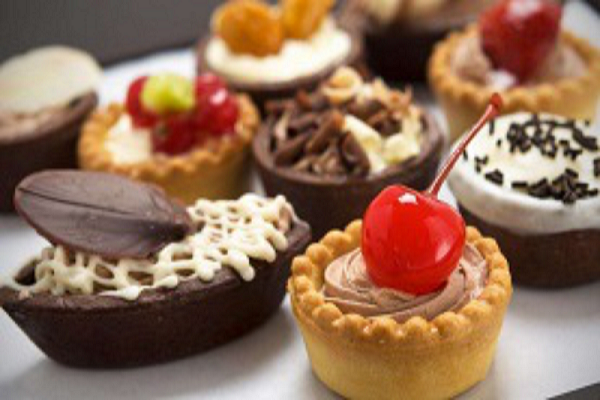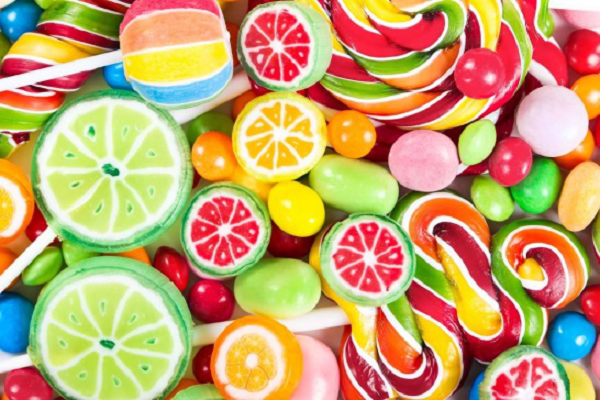(2) Wiping buds to shoot young trees to trim, often using the characteristics of multiple buds and apical dominance; carrying out “controlling shoots by wiping up shoots†to promote new shoots of young trees and cultivating a large number of resulting shoots. The method of wiping shoots is:
When the summer and the autumn reach 2 to 3 centimeters, the artificial eradication is performed. "To stay early and stay less, to stay less," every 3 to 5 days. In a certain period of time, the more young shoots will be germinated, the more the last shoots will have 3 to 4 new shoots, and the shoots will be stopped at the required time. Grow, called "pick up." In order to make the shoots neat, the buds must be thoroughly wiped out the day before the shoot is thrown, and the short shoots that germinate soon must be erased. In addition, for the high parts should be wiped 1 or 2 times or 4 to 7 days later, let the tip of the new shoot grow longer, after several shoot stage adjustment, gradually balance the crown. Under normal circumstances, each spring, summer and autumn shoots 3 times, put on summer shoots in mid-July, put autumn shoots in mid-August, the third year after planting results. For trees that prepare results for the next year, pay attention to the amount of autumn shoots and summer shoots. Because the quantity and quality of autumn shoot growth are related to summer shoots, if summer shoots are released too late, the number of germinations will be numerous and weak, and the number of autumn shoots will also be relatively reduced; if the quantity of summer shoots is moderate and robust, the number of autumn shoots will increase. . Generally, 40%~50% of spring shoots can shoot at multiple summer shoots, and 70%~80% of autumn shoots can shoot at multiple shoots. The tip must be applied in close coordination with fertilization. The organic fertilizer should be applied 20-30 days before the tipping period, so that part of the young shoots can be wiped before the shoot is released; The new shoots are germinating and dense; after being released, the shoots should be fertilized according to the strength of the new shoots, and especially the shoots of the shoots should not be excessive, otherwise they will trigger late autumn shoots or winter shoots. It is best to have cool, showery weather during the period of dewatering. The soil moisture should be sufficient. For example, arid and hot heat should be avoided and the focus should be on the prevention and control of leaf miners. When the summer and autumn shoots grow to 5-6 cm, such as the tip of the shoot is too dense, it is necessary to timely sparse, leaving 2 to 3 per base point, and the fall shooter can leave more. There are too many shoots, and the shoots are weak; the shoots are too few and the shoots tend to be long. The length of the autumnal tip of citrus is preferably 20-30 cm.
(3) According to the requirements of tree body reshaping, the main branches, sub-branches, and lateral branches with uniform and reasonable distribution should be cultivated so that the backbone branches can be clearly identified. At the same time should pay attention to sparse buds in order to promote rapid growth of the crown.
The saplings of young mandarin oranges generally grow more vigorously before the result. They should be as lightly cut as possible, and should be supplemented with additional branches to increase the density of branch shoots, ease the growth potential, and bring about early results.
The human tongue has a range of specific taste sensation neural receptors called taste receptors which are organized mainly as papillae on the tongue. When stimulated by chemicals, natural or synthetic, organic or inorganic, cations or anions, the receptors send signals to the brain which interprets the stimulations as sweet, bitter, sour, salty, and savory (unami, meaty taste). For examples, cations such as Na+ present in the table salt evoke the salty taste, and H+ presents in acids evokes a sour taste. Organic compounds such as sugars, dextrins and glycerol result in sweet taste, glutamate results in savory taste, while many toxic compounds such as nicotine, morphine, caffeine, quinine, etc. result in bitter taste. The sensation of tastes is an evolution trait for defense against poisons (normally evoke bitter taste), and for allowance of nutrients intake (normally evoke sweet or savory taste).
Sugar is a natural sweetener as well as a nutrient consumed in vast quantity around the world. It is one of the major calorie intakes by humans. Over consumption of sugar often leads to obesity and other related medical conditions. High blood sugar level (hyperglycemia) is a manifestation of the disease diabetic mellitus; if not managed properly, it could lead to a range of medical complications. To combat these medical conditions, high potency Sweeteners with no calorie or low calorie intake are often being used to substitute sugar. Proper control of calorie intake, coupled with the use of these sugar substitutes has been very effective in managing the medical conditions.
Besides the medical indications, using sugar substitutes brings the economic benefit of lowering the cost of many foods and consumer products, from soft drinks to cakes, pasties, and even toothpastes.
A variety of chemical compounds, natural or synthetic, can evoke sweet taste, but not all of them are safe (for example lead acetate has a sweet taste but it is extremely toxic), nor are sweet taste specific (for examples, many of synthetic sweeteners can also evoke other senses of taste such as bitterness or metallic sensation). Therefore, selection of the right sweetener for a specific use depends not only on the cost, but also more importantly on the health and safety, the sweetening potency, the effectiveness under various physical conditions such as cooking temperature (heat stability) and pH, as well as other unwanted tense of tastes of the sweetener.
At Sunshine Biotech, we have the expertise and technical know-hows to help you make the right selection for the right use.


Sweeteners
Artificial Sweetener,Stevia Liquid,Aspartame Powder,Neotame Powder
Nanjing Sunshine Biotech Co., Ltd , http://www.sunshine-bio.com